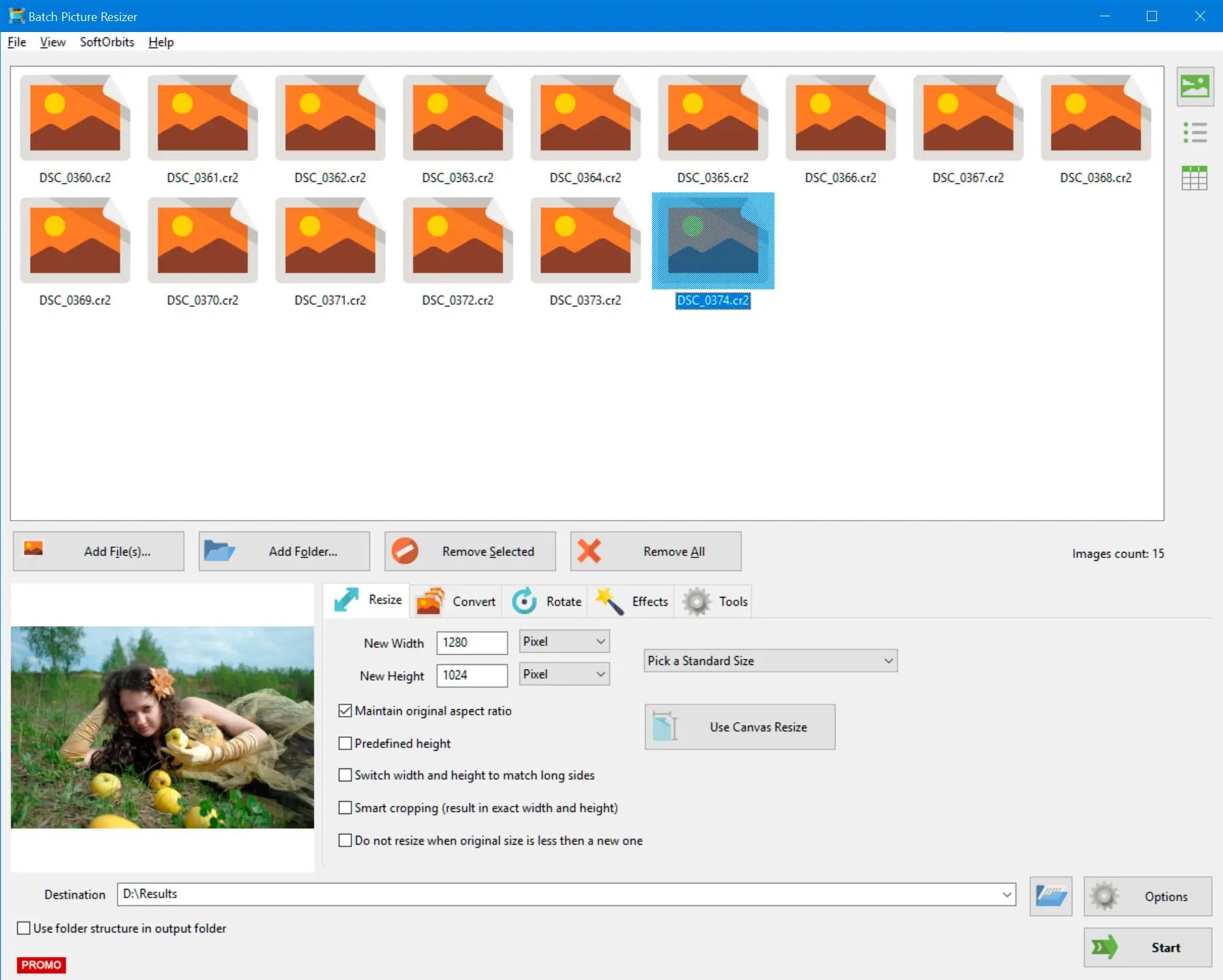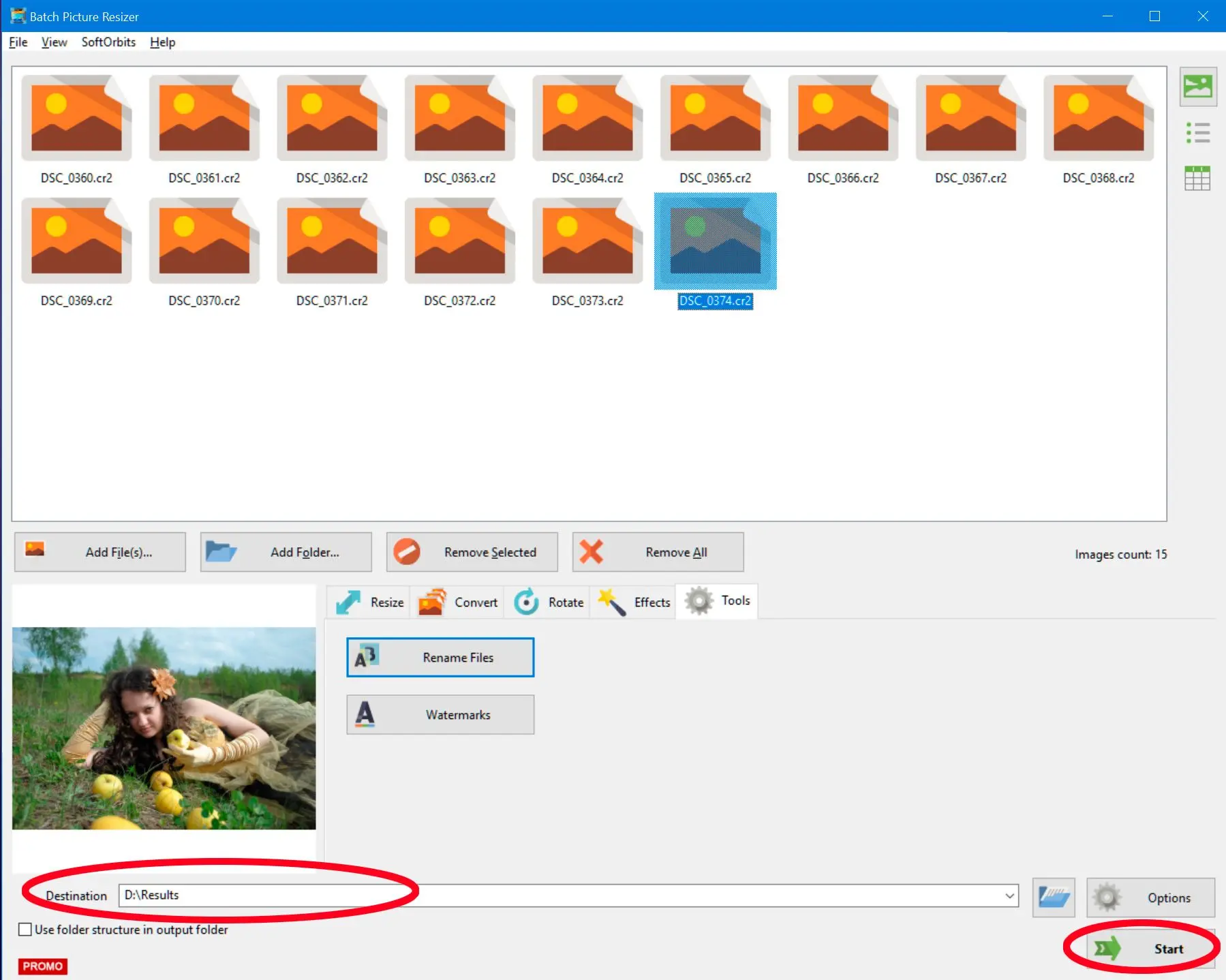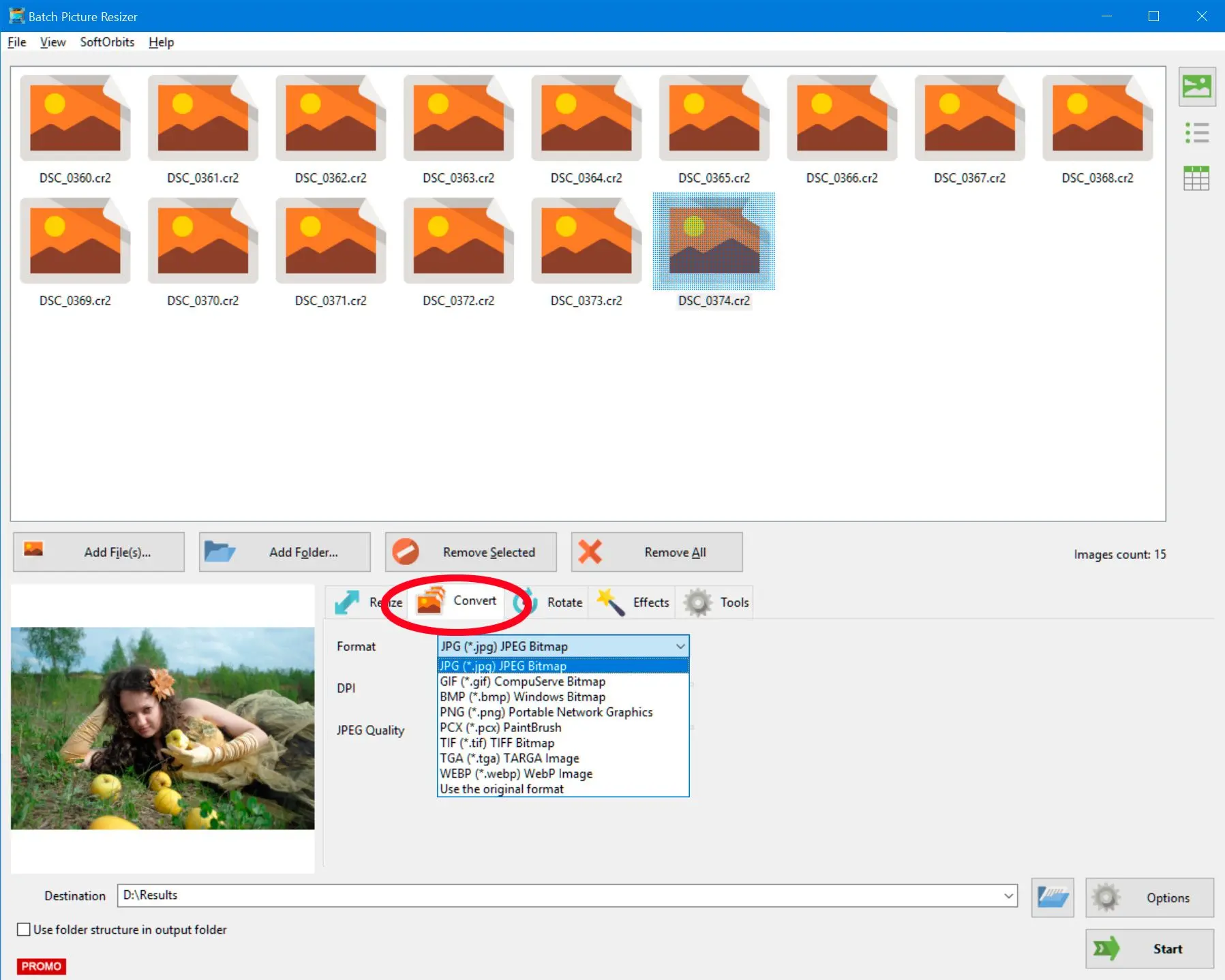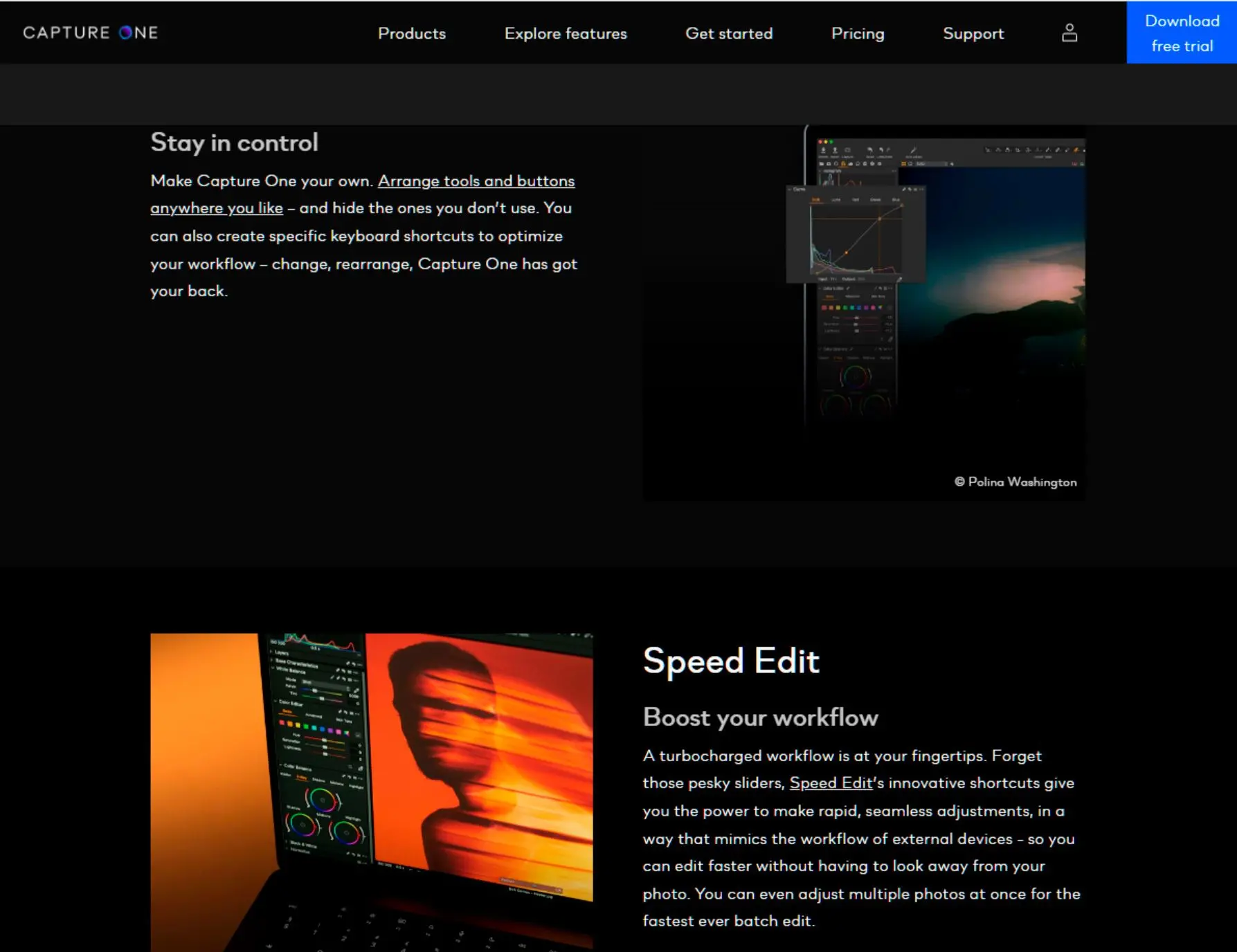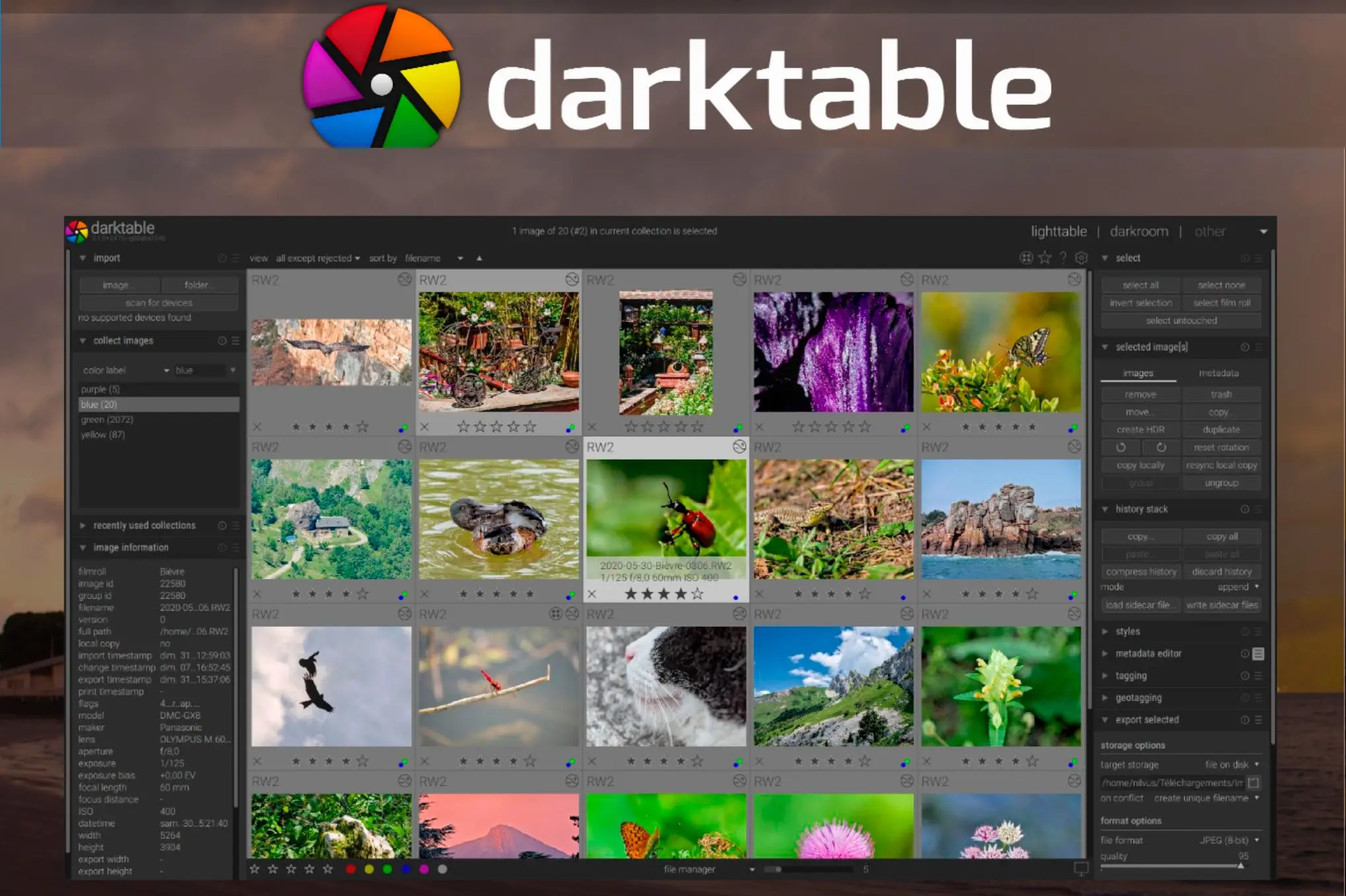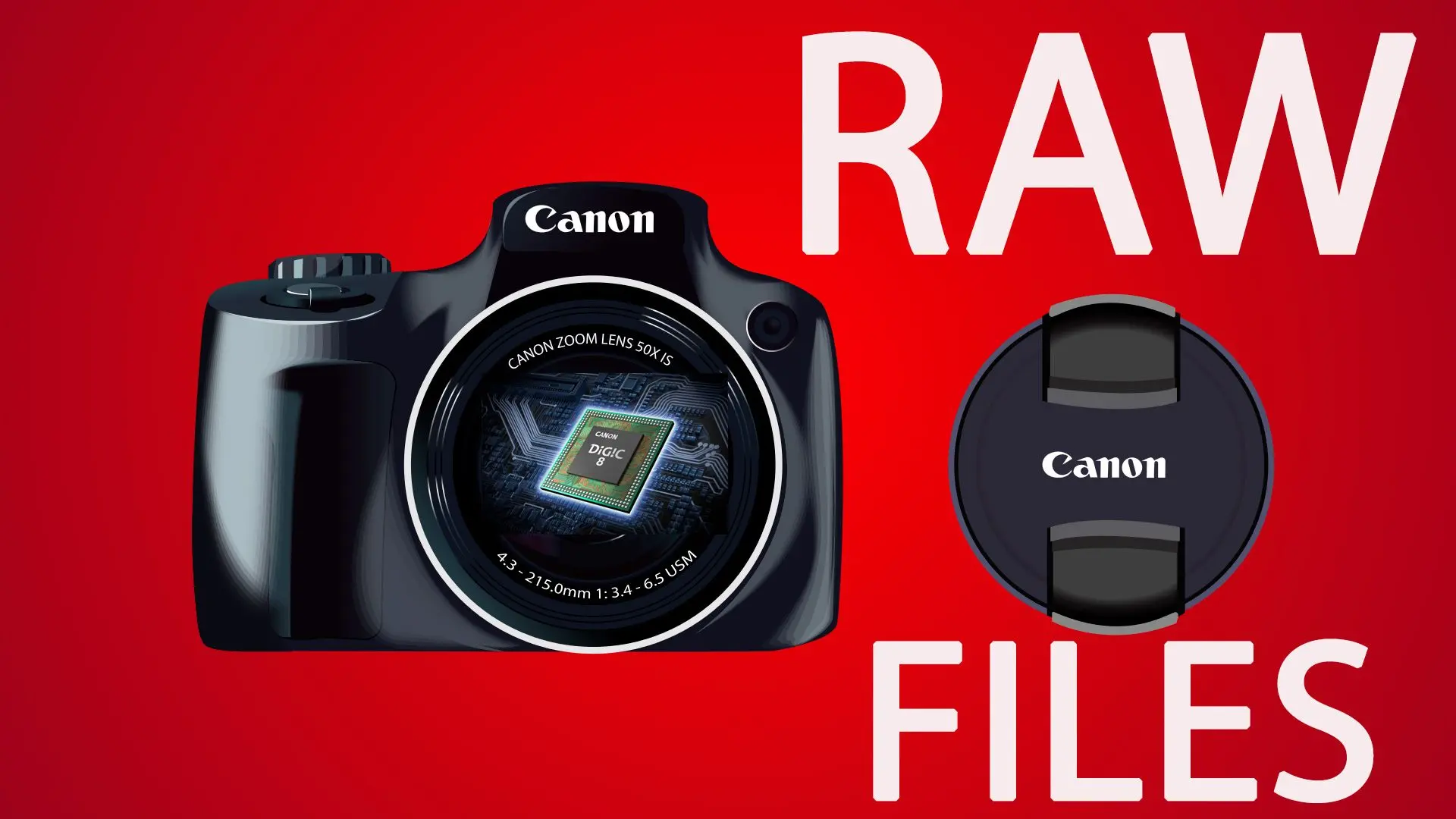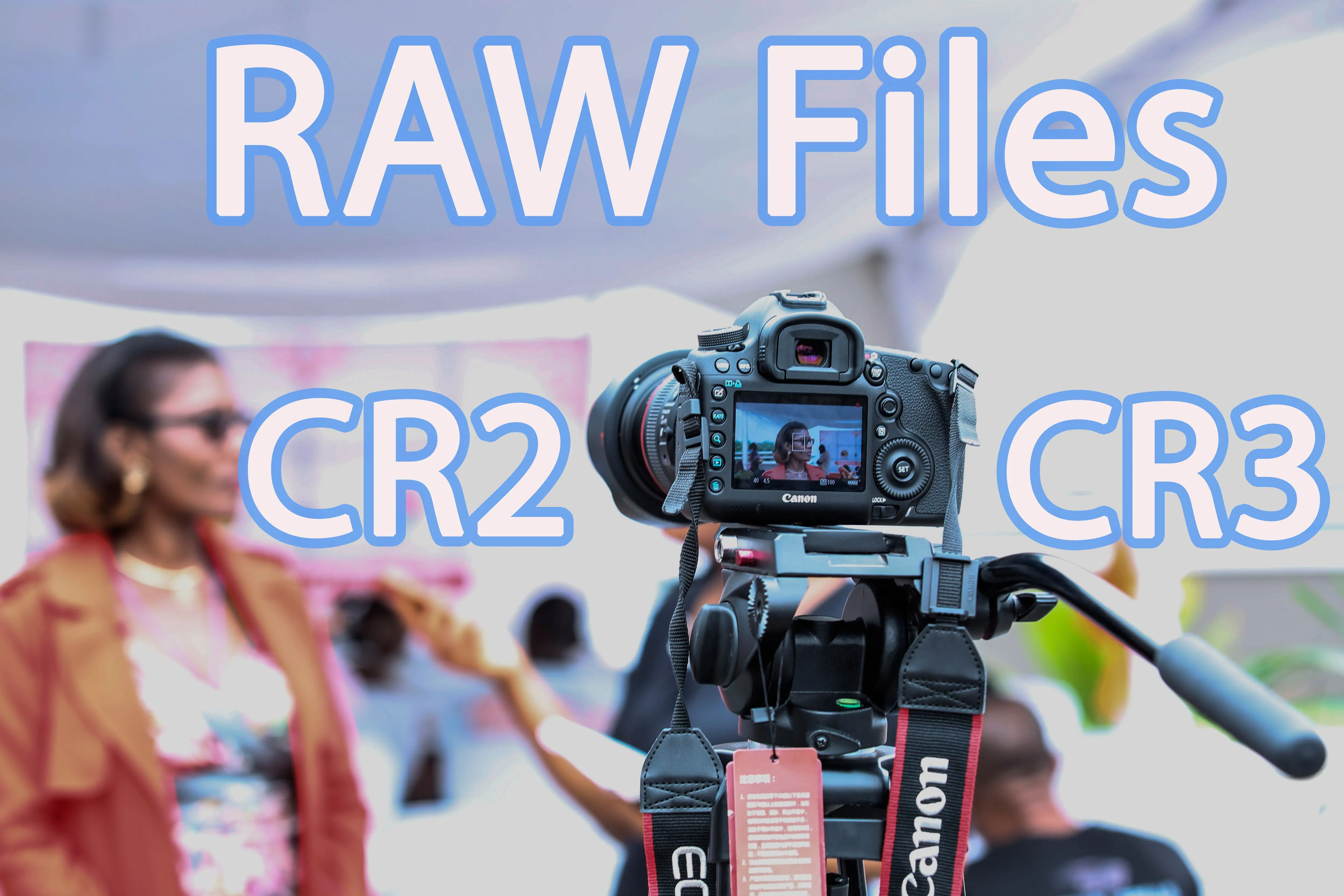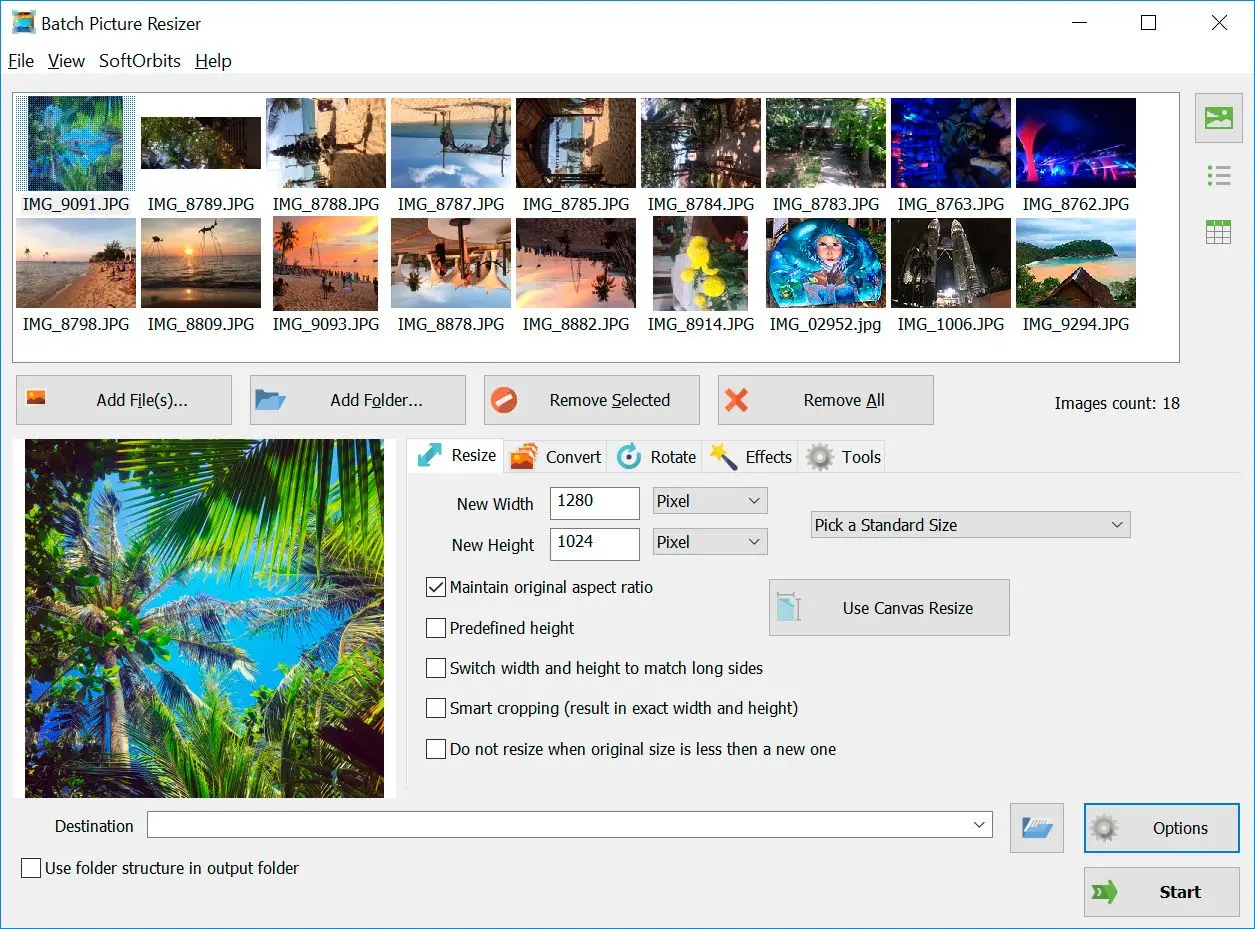Canon converter unlocks hidden editing potential in RAW files, batch resizing for a streamlined workflow.
- 1️⃣ Download Canon RAW Image Converter.
- 2️⃣ Install Batch Picture Resizer.
- 3️⃣ Select Output Format (e.g. JPEG).
- 4️⃣ Configure Compression Settings.
- 5️⃣ Start Batch Conversion.
Packing for a client meeting, I realized half my photos were stuck in RAW format. Disaster! They needed them in JPEG for the presentation. I remembered a handy batch converter I use for resizing images, Batch Picture Resizer. Sure enough, it converted the RAW-files too. But the colors seemed a bit off. Needing a more Canon-specific solution, I went down the Google rabbit hole. First up, Canon's own Codec seemed interesting, but it only opened the files, not convert them. Then I found talk of a free Canon RAW Image Converter... gotta check that out next.
📙Quick summary
- Batch Picture Resizer: for resizing multiple images at once. Download
- Alternatives to the Batch Picture Resizer: Canon CR2 to JPEG Converter, Lightroom, Capture One, Iridient Developer, Darktable, RAWTherapee, ONOne Perfect Photo Suite, Phase One Media Pro, Photo Ninja, Silkypix, and DxO Optics Pro Read More
